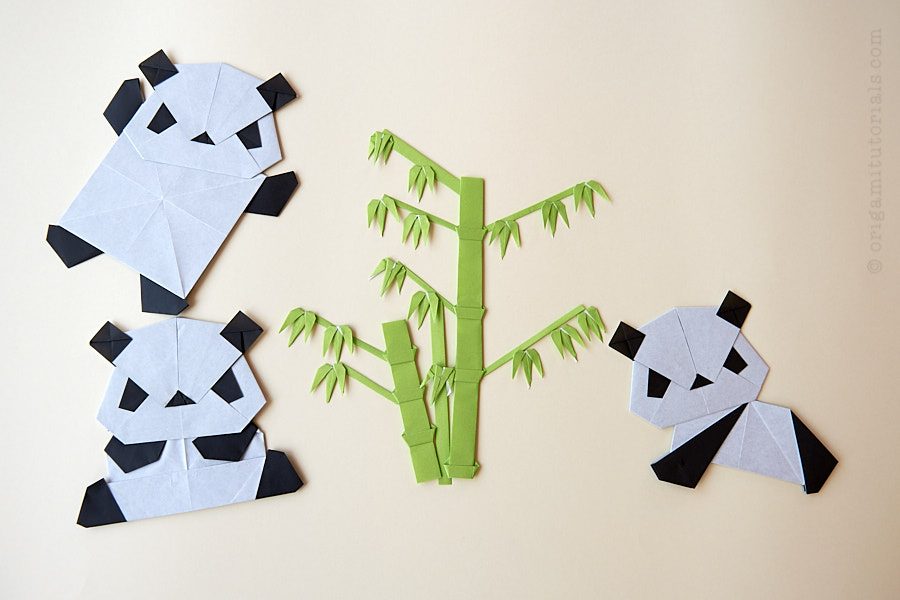What is Origami?
November 1, 2019
From generation to generation, the art of paper crafting has been passed down to children and adults alike from a wide variety of cultures from around the globe for centuries. For instance, take the practice of Korean Hanji, where artists meticulously handcraft incredibly strong and sturdy types of colorful paper to use for writing, fans, clothing, and lanterns. Although paper crafts like Korean Hanji can be traced to specific countries of origin, most—like the French-sounding papier-mâché which has origins in ancient China—have colorful heritages rooted across several cultures, countries, and even continents. One of the most popular crafts that is still practiced today is origami, the art of paper folding, has entertained children and adults alike from a wide variety of cultures around the globe for centuries.
A compound word, origami is formed from the Japanese words for fold (‘ori’) and paper (‘kami’). Though most closely attached to Japan, the practice of origami also has ties to China and Europe. Around 105 AD, paper was invented in China, and folded paper (also known as ‘zhezhi’) most likely emerged shortly afterward. By 900 AD, paper ‘yuanbao’, translated as ‘gold nuggets’, were commonly found at traditional Chinese funerals. These yellow paper ingots were carefully folded and were crafted with the intention of being thrown into a fire at the end of the ceremony. Eventually, the art of paper-folding would become a frequent practice. While similar to Japanese paper folding, more modern Chinese paper-folding favors exhibiting inanimate objects, like boats and boxes.
In Europe, paper-folding is thought to have developed from napkin-folding, a custom popularized during the 17th century. Similar to Japanese origami, much of napkin folding involved different methods and techniques that resulted in a multitude of abstract and imaginative figurines. Over time, the interest in folding would move beyond napkins at dinner parties and make its way into schools—namely, in Friedrich Fröbel‘s novel teaching curriculum. As the founder of kindergartens, Fröbel would frequently include various hands-on activities into his “play and activity” institutes, including paper folding. Children became familiarized with origami, which enabled the craft to flourish across the continent.
During the 6th century, paper was introduced to Japan. At this time, the practice of paper folding arose as a ceremonial Shinto ritual. But it wasn’t until Japan’s Edo Period, from 1603-1868, that origami would be viewed as a leisurely activity and an art form. Similar to Japanese woodblock printing, an art form that was also popularized around this time, origami pieces often featured flowers, birds, and other nature-based motifs. These traditional Japanese practices are still prevalent in contemporary origami, except for only one: the practice that allowed artists to strategically cut pieces of paper when folding. Today, true origami is entirely sculpted from folds, an aspect the Japanese adopted from Europe.
One example of a contemporary origami artist is Mademoiselle Maurice, a French street artist who employs a rainbow of simple origami shapes in large quantities to create unique public installations. In 2016, she led a series of workshops with patients at the Ain psychotherapy center, which allowed patients and medical staff alike to assist her in folding paper that was then used to decorate a chapel.
In early 2015, contemporary paper artist Cristian Marianciuc challenged himself to create a paper crane for every day of the year. Every crane is a translation of Marianciuc’s daily feelings, experiences, and memories, and he explained that “I describe my day through colors, shadows and everything that surrounds me.” One particular flower-covered crane is a recollection of scenes from his childhood. “It smells like the family picnics we used to go on almost yearly in May, in the mountains. The mint flowers infuse it and remind me of a steaming cup of mint tea with lemon and honey in January,” Marianciuc wrote. 365 paper cranes later, he grew to love the art of ancient paper folding so much that he has amassed a flock of over 1,000 paper figurines with adornments of paper feathers, flowers, beads, and even miniature architecture.
So the next time you find yourself bored at home or school and have a piece of paper lying around, try folding some origami! Sophomore Doris Ma recounted her experiences with origami and said that “I make origami when I’m bored and just happen to have a ton of scrap paper with me. Since I’m not that great at origami, I just like to make stars, boxes, fortune tellers, and sailboats.” Whether it be a plain cup or something complex like a dragon or a unicorn, people of all ages and ethnicities can find enjoyment and leisure in the simple, but beautiful art of paper folding.
Photo Courtesy of ORIGAMITUTORIAL.COM

